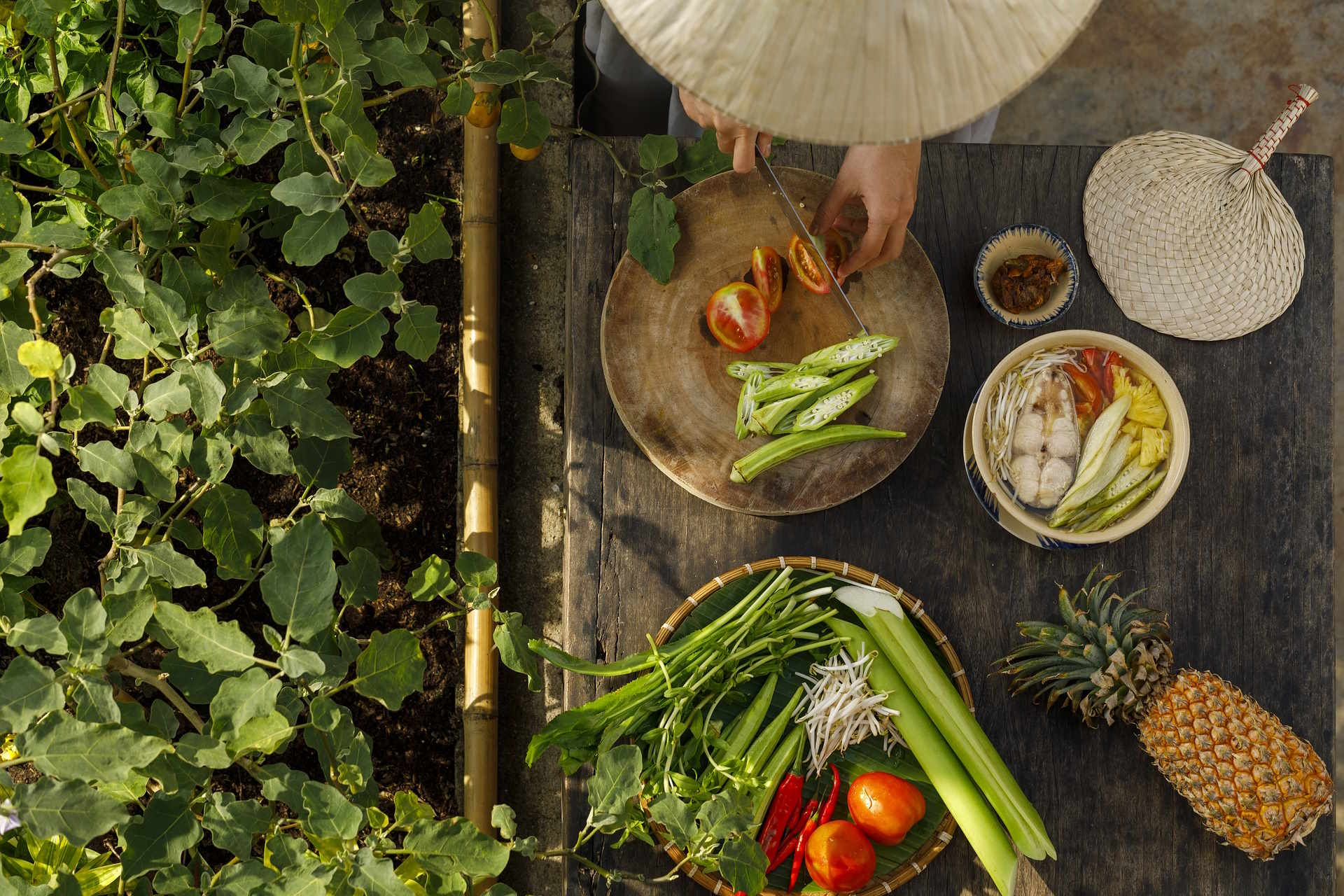Discovering the Exotic Flavors of Filipino Cuisine
Filipino cuisine is a melting pot of flavors with a history as rich and diverse as its archipelago. If you're a food enthusiast seeking to explore uncharted culinary territories, this Southeast Asian cuisine may just be your next stop. Read below to immerse yourself in a sensory journey of flavors, textures, and food traditions that define the Philippines.

A Culinary Heritage Born from a Blend of Cultures
Filipino cuisine is a harmonious mix of various influences from Spain, China, America, and the Malay kingdoms, creating a unique fusion. The Filipino adobo, arguably the country’s national dish, is a testament to this fusion, combining native vinegar and soy sauce with Spanish techniques of marinating and sautéing.
Familiar Ingredients, Unfamiliar Combinations
Filipino food uses common ingredients such as pork, chicken, fish, rice, and vegetables. But the way they are combined, cooked, and flavored is what makes it distinctive. For instance, sinigang, a sour soup, combines meat, vegetables, and tamarind for a tangy, savory, and hearty broth.
Street Food: A Must-Try Experience
Street food in the Philippines is an experience in itself. From grilled skewers of innards called isaw, to balut, a developing duck embryo eaten from the shell, each offers a unique sensory experience. Sweet lovers will enjoy kwek-kwek, deep-fried quail eggs coated in an orange batter.
Desserts and Sweet Delights
Filipino desserts are a delightful concoction of native ingredients. Leche flan, a caramel custard, and halo-halo, a mixed dessert with shaved ice, evaporated milk and various fruits and beans, are among the must-try treats.
The Role of Food in Filipino Celebrations
Food is central to Filipino celebrations. Christmas, the most important holiday, is marked by the preparation of Noche Buena, a grand feast held at midnight of Christmas Eve. Food is also used to express gratitude, friendship, and even to honor the dead during All Souls’ Day.
Useful Tips and Facts: - Filipinos traditionally eat with their hands, a practice known as “kamayan.” - Adobo varies from region to region, with some versions using coconut milk, turmeric, or even pineapple. - Some Filipino desserts like bibingka (rice cake) and puto (steamed rice muffin) are best paired with a hot cup of salabat, or ginger tea.
In conclusion, Filipino cuisine offers a window into the country’s history, culture, and heart. Its exotic flavors and unique food traditions make it a culinary journey worth embarking on. So why not take your taste buds on an adventure and explore the vibrant world of Filipino cuisine?




